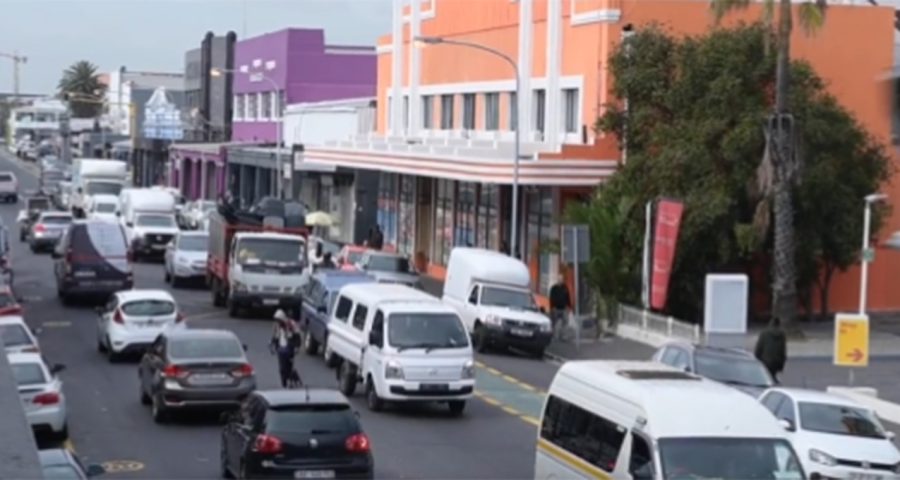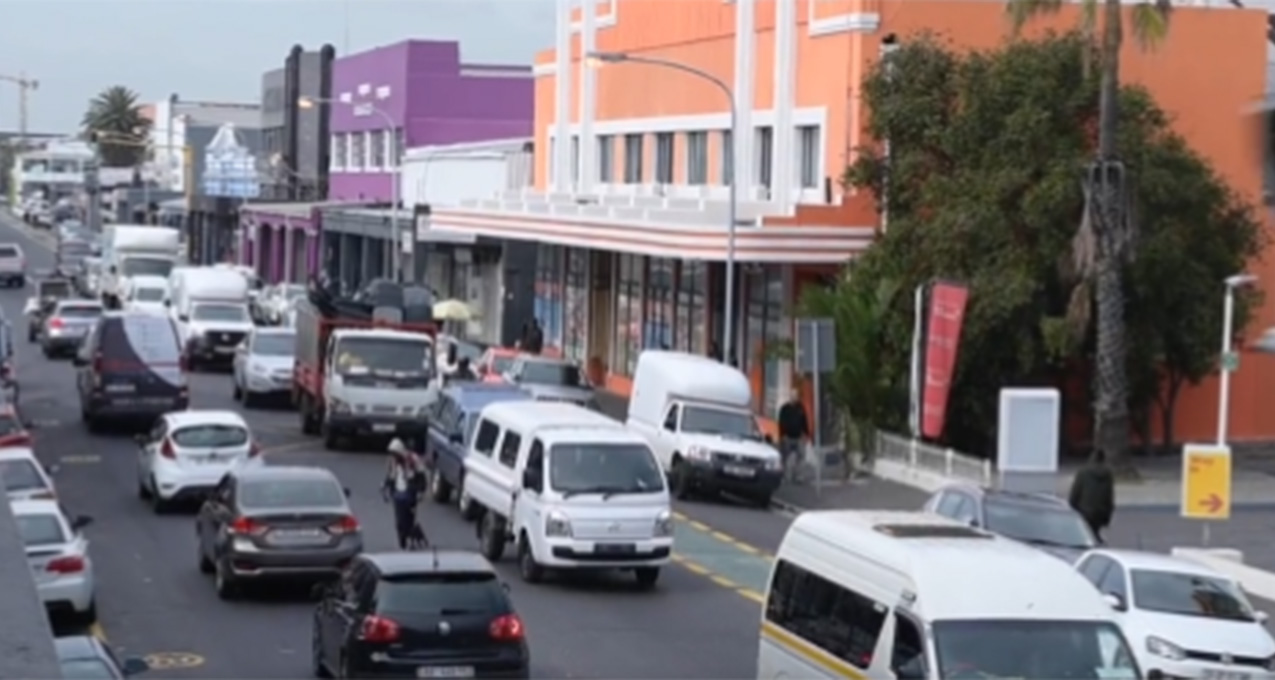
First glimpse of plans for Salt River and Woodstock
Access to safe green spaces amid increasing development was one of the main talking points at the Local Spatial Development Framework (LSDF) Public Participation meeting on 13 May. Dozens of people who live and work in and around Salt River in Cape Town attended a meeting on Saturday to discuss the City’s plans to develop […]

Access to safe green spaces amid increasing development was one of the main talking points at the Local Spatial Development Framework (LSDF) Public Participation meeting on 13 May.
- Dozens of people who live and work in and around Salt River in Cape Town attended a meeting on Saturday to discuss the City’s plans to develop the community.
- The City presented its Local Spatial Development Framework and asked for people to comment.
- Some of the concerns were how to prioritise green spaces, mobility, and housing.
- The City says the public’s contributions will be used to finalise the draft document. Thereafter it will be advertised for public comment.
The meeting took place at the Salt River Hall, right next door to Salt River Market, a site earmarked for social housing by the City of Cape Town. Salt River has changed a lot in the last few years. And this will continue, with several new social housing projects earmarked for the area.
A short walk down the road is Bromwell Street, where residents have been fighting eviction for years.
Woodstock, Salt River, Walmer Estate and University Estate are all included in the City’s Local Spatial Development Framework plan. “The City uses a LSDF for guidance when making decisions about development applications and land uses; and in the end, these decisions very much determine what a neighbourhood will look and feel like a few years down the line,” explained the City’s Deputy Mayor and Mayco Member for Spatial Planning and Environment, Eddie Andrews in a statement last week.
Ward Councillor Yusuf Mohamed told GroundUp, “The biggest concern (from the meeting) is how to prioritise green spaces, mobility, and housing. These are the difficult decisions that need to be made in the future, which is why this framework is so important. The framework that we’re trying to build can’t zoom in on one particular issue. It can take into account the social housing that is earmarked. This is still an ongoing process.”
During Saturday’s meeting, residents were encouraged to write down what they thought the strengths, opportunities, and threats to the area were. This was followed by a question-and-answer session.
Michelle Collis, an architect who frequently cycles through the area, asked about access to safer green spaces in the area. “We had day zero. Most of the wildlife and indigenous species have been made extinct. We need those (green spaces) for our future generations. The more you densify, the more you need wildlife. These should be spaces that tourists could access. Green Point has got a great park, why can’t we have an amazing park for Woodstock?”
Craig Atkinson, co-founder of Green Riders, said his business was looking to expand into Salt River and Woodstock by the end of July. He told attendees that the community was the perfect place for e-commerce. “We’re committed to creating a minimum of 300 jobs for the Salt River community. You are not in the Central Business District which is very congested, making it easy for small vehicle transportation,” he said.
Warda Rahim, of the Salt River Residents Association, was concerned about how businesses would be impacted by the ongoing development in the community. She said the City should carefully consider the cycle lanes in the area. She said local businesses had been affected because vehicles were no longer able to stop along the road.
The City’s Eddie Andrews, in the statement, emphasised that the community’s participation was the key to success and to “strengthen the sense of belonging through protecting and enhancing the area’s heritage value, to grow as a multi-cultural and integrated community, revitalise public open spaces and parks that have been neglected and stimulate the local economy”.
According to the City’s website, those who live and work in the affected communities can sign up for updates and can submit their comments to the draft document by 31 May 2023. “The public’s contributions will be used to finalise the draft LSDF and thereafter it will be advertised for public comment, and further refinement.”
Published originally on GroundUp | By Matthew Hirsch
